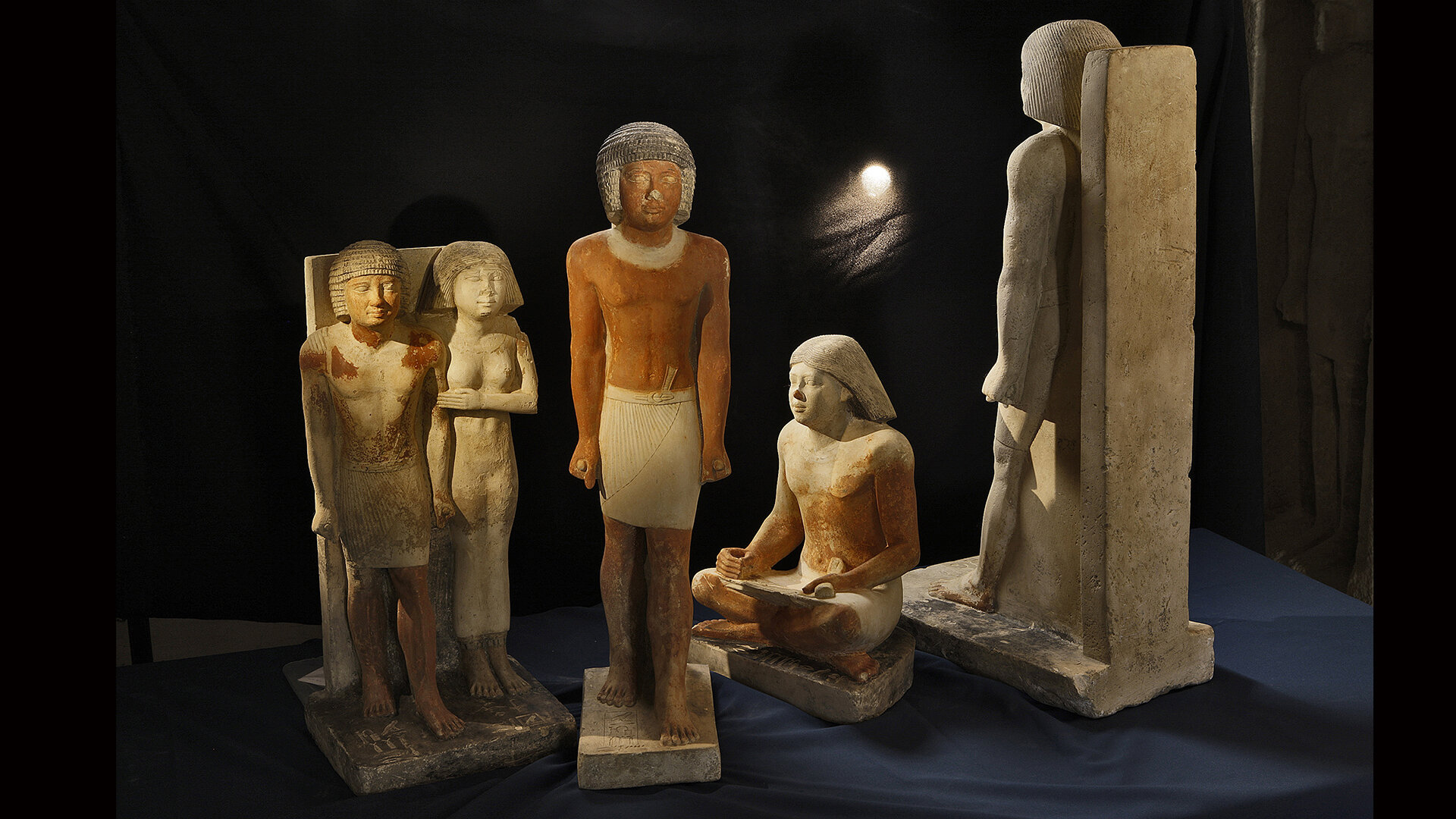Repetitive tasks carried out by ancient Egyptian scribes—high-status men with the ability to write who performed administrative tasks—and the positions they sat in while working may have led to degenerative skeletal changes, according to a study published in Scientific Reports.
They identified degenerative joint changes that were more common among scribes compared to men with other occupations. These were in the joints connecting the lower jaw to the skull, the right collarbone, the top of the right humerus (where it meets the shoulder), the first metacarpal bone in the right thumb, the bottom of the thigh (where it meets the knee), and throughout the spine, but particularly at the top.
The authors also identified bone changes that could be indicative of physical stress caused by repeated use in the humerus and left hip bone, which were more common among scribes than men with other occupations. Other skeletal features that were more common among scribes were an indentation on both kneecaps and a flattened surface on a bone in the lower part of the right ankle.


